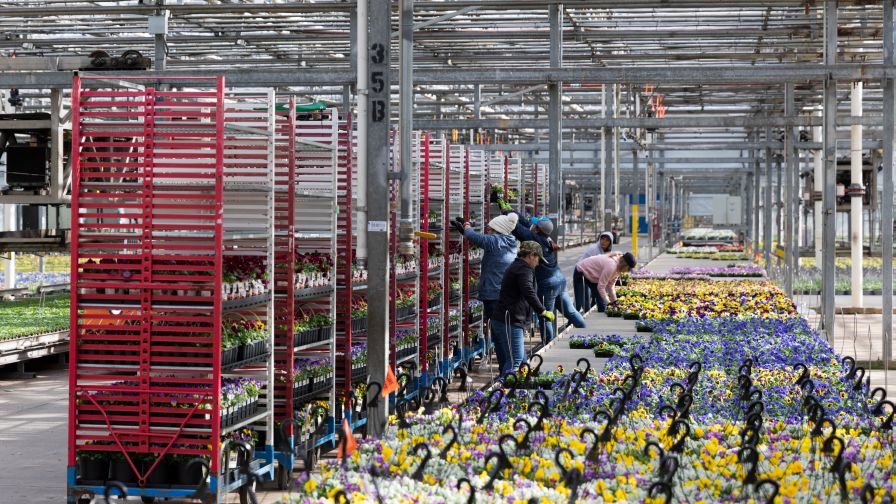Supplementing The H-2A Program
A Midwestern grower, like many of his colleagues across the country, has a difficult time pinning down reliable, hard-working Americans to work in his greenhouses. He’s turned to H-2A on occasion for labor solutions, but the program is a costly one and litigation prone, so he’s looked for help elsewhere.
Two places the grower has turned are the Communications for America Education Program (CAEP) and the Minnesota Agricultural Student Trainee (MAST) program. Both have become great labor sources for him and easier to manage than H-2A. Both are also programs many growers know little about.
“What I like about CAEP is they’re nice people to deal with, they are flexible and they try to find you the people who best match your individual situation,” says the Midwestern grower. “Some other programs do that, too.”
MAST is a flexible program, as well, and it’s one the Midwestern grower heard about through the grapevine. Unfortunately for other growers, they may not be aware alternative guest-worker programs exist.
“One thing I found when I was at a Texas Nursery & Landscape Association meeting was people really don’t know about the J-1 visa,” says Craig Schmuck, a CAEP coordinator who’s referring to the visa on which CAEP is built. “They’re very familiar with the H-2A visa, but nobody’s ever heard of the J-1.”
Big differences between the H-2A and J-1 visas, Schmuck says, are 1) H-2A stipulates the pay and hours guest workers get while J-1 is more flexible in both areas; and 2) J-1 incorporates more cultures.
The Midwestern grower, for example, has found reliable workers in more than 20 countries, from Argentina, Brazil and Colombia to Romania, South Korea and Uzbekistan. One advantage of incorporating multiple cultures under one roof, he says, is the promotion of English. It’s not that the use of non-native languages – primarily Spanish here in U.S. greenhouses – is necessarily a negative, but forcing guest workers to learn English helps build a team rather than cultural cliques.
“One thing CAEP tries to do is create an environment with a variety of trainees at the same placement,” says Leila Silveira, a coordinator of CAEP’s horticulture program. “Our tendency is not to send five or 10 trainees from the same country to one host.”
Accepting Reality
Considering the national unemployment rate is near 10 percent, it’s mind boggling to fathom how Americans have the means to say “no” to jobs guest workers are taking up. Or how some Americans feel they’re entitled to certain kinds of work.
Both of these notions reflect how many growers feel – heck, you’ve probably gone off on rants about these yourself – but the American mindset isn’t changing. Back-breaking work isn’t even a consideration for those who’ve been blessed to be born here, so growers must continue to look beyond our borders for labor.
But until H-2A becomes a simpler, more affordable program to use, it’s worth exploring options like CAEP, MAST or another one near you – even if you’re just supplementing labor sourced from H-2A. You’re bound to find a few gems in some highly motivated people.
“The fact many of these workers signed up for a program, were willing to leave home and invest money in their future says a lot about them compared to some other people,” says the Midwestern grower. “They want to work. They want to show you they can do a good job.”









